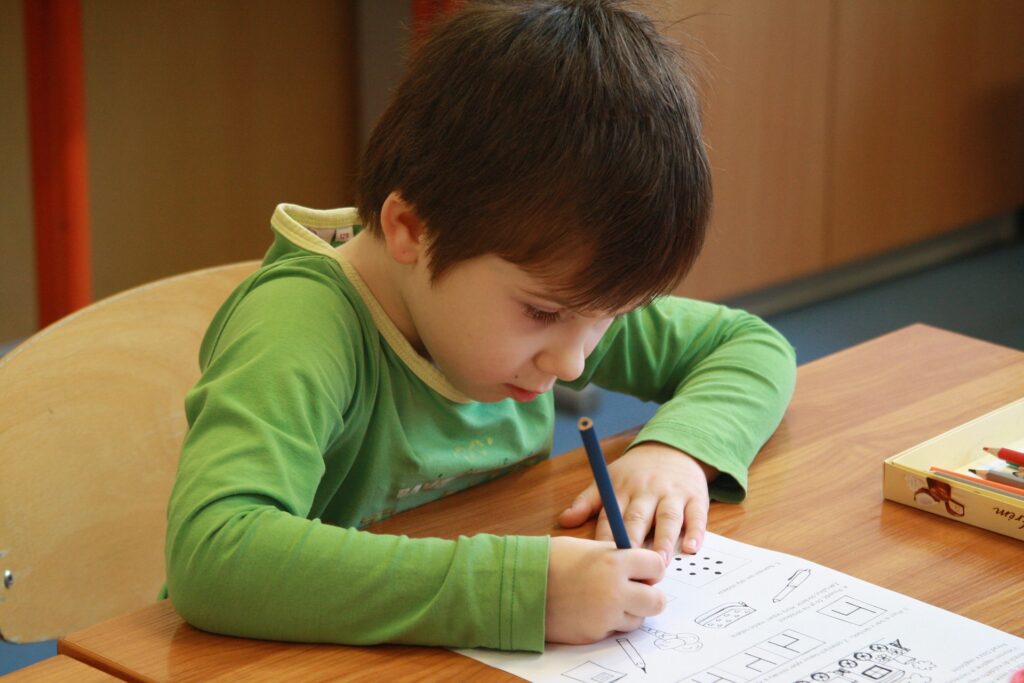ADHD: the very real neurodevelopmental disorder
What is Attention Deficit Hyperactivity Disorder (ADHD)?
Is ADHD a neurodevelopmental disorder?
Attention Deficit Hyperactivity Disorder (ADHD) is a behavioural condition, which can cause restlessness, trouble with concentrating and impulsive behaviour. It is often diagnosed in children aged between 6 and 12, and can continue to affect person in adulthood, although symptoms do usually improve with age.
According to the NHS, ADHD affects around 3-5% of children in the UK – and is more common in males than females. It also goes on to affect 2% of adults in some way – often due to issues experienced at school leading on to potentially lower attainment and poorer job prospects as a result.
Unfortunately, there still remains a stigma around ADHD in terms of whether it truly exists as a recognised medical condition. However, it has been scientifically proven that there are differences in the brain structure when comparing an ADHD-diagnosed person with someone who does not have the condition. Not only is scepticism potentially hurtful and damaging to those diagnosed with the condition, but it could distract from valuable strategies, treatments and therapies being put in place early to help children and young people. In short, we can look at ADHD as a very real neurodevelopmental disorder.
ADHD can sometimes be accompanied by other conditions such as Anxiety Disorder, Austistic Spectrum Disorder, Dyslexia and Foetal Alcohol Spectrum Disorders.
What causes ADHD?
Although the exact cause of ADHD is unknown, there are a number of factors that can play a part in a person developing the condition. They are:
- Being born prematurely
- Having a low birthweight
- The mother smoking or ingesting alcohol during the pregnancy
ADHD has been known to be passed down from generation to generation. A child of any intellectual ability can develop it, but it usually occurs in children who have established learning disabilities.
What are the symptoms of ADHD?
ADHD symptoms can fall into two main types of behavioural problems:
1. Inattentiveness. Symptoms of this include:
- Being easily distracted, or having a short attention span
- Forgetfulness
- Making careless errors
- Being unable to listen, or carry out instructions
- Being unable to stick to one task or activity
2. Hyperactivity and impulsiveness. Symptoms of this include:
- An inability to keep still, with displays of excessive physical movement
- Being unable to concentrate on tasks
- A diminished sense of danger
- Excessive talking
- A lack of patience
Many people with ADHD display symptoms that fall into both these categories – although not in every case.
ADHD can have a profound effect on a child’s life, causing problems in school and poor social interaction skills.

Can ADHD be treated?
There are treatments for ADHD, and they come in the form of both medicine and therapy.
A specialist, often a paediatrician or psychiatrist, may prescribe a medicine to help relief the symptoms of ADHD. Those medicines are: Methylphenidate, Lisdexamfetamine, Dexamfetamine, Atomoxetine and Guanfacine. When these medicines are prescribed, the child is closely monitored to ensure that the treatment is right for them and the symptoms they are displaying.
In terms of therapy, there are a number of approaches that can help a young person with ADHD.
1. Psychoeducation are sessions that encourage children to discuss ADHD and the effect it is having on them. These open discussions can lead on to identifying strategies to help the child cope with the condition.
2. Behaviour therapy is a course aimed at the carers of children with ADHD, and is based around a ‘reward system’ approach for good behaviour.
3. Parent training and education programmes can further help parents and carers put strategies in place in order to help support a child with ADHD. Sometimes parental training is offered before a child is formally diagnosed.
4. Social skills training specifically looks to techniques such as role play to help children learn how to behave in social situations.
5. Cognitive behavioural therapy (CBT) looks to actively change a child’s thought patterns, which in turn could potentially change their behaviour.
Fostering children with ADHD
At TACT, we provide our foster carers with specialist ADHD training that highlight key strategies to put in place when caring for a child with ADHD. This is then followed up with specific approaches and care plans that have been established for each child we provide care for. This has lead to some fantastic outcomes for our children and young people.
Laura, who has been a TACT foster carer since 2008, said: “Providing good boundaries and routines can help things run more smoothly. Once you have a diagnosis and the right treatment, I believe a big thing is the right educational setting. On reflection I can see that that is when our young person felt comfortable – somewhere that he fitted in and didn’t feel the pressures in trying hard all the time. It can provide you with a real sense of making a difference to a child’s life.”
If you think you, or a child you care for, may have ADHD, you might want to consider speaking to your GP about it.
If you think that you could make a difference to a child with ADHD, you can apply to become a foster carer with us, and receive our specialist training. Simply complete the form on this page.
You can read more about ADHD on the NHS website. Also, ADDitude offers a number of resources to help children and adults cope with ADHD.
